Everything you need to know about rat litters
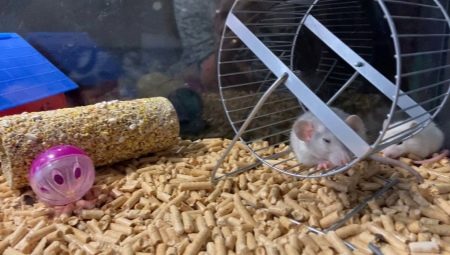
Many aspiring rat owners are faced with the question: which filler is best for pets. It is better to make a purchase, having previously familiarized yourself with the specifics of each composition.
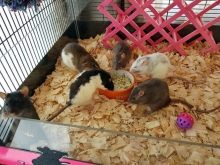
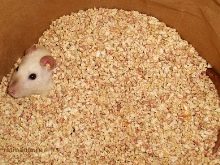
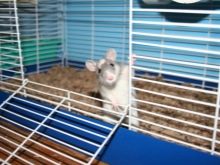
Species overview
On the modern market for decorative rats, a huge variety of fillers are presented. They are usually divided into 4 main varieties. In the description of the purchased composition, it can also be indicated that it is masking, that is, eliminating unpleasant odors, or it is a clumping type - forming lumps when drops enter.
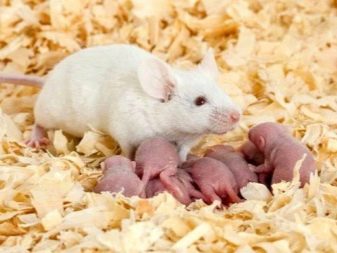
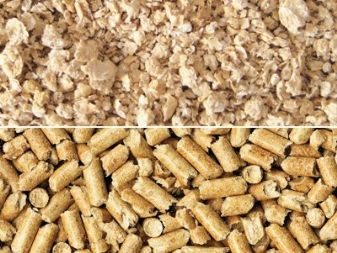
Woody
Wood pulp fillers are especially popular with rat owners. To obtain them, woodworking industry waste is used, crushed to different sizes. Sawdust is the most popular woody species, but not very high quality. They are advised to use them only if there is a false bottom in the cage, which means that the pet will not come into direct contact with the wood pulp. Sawdust from coniferous trees is called the worst., for example, pine, since it is on the needles that many rodents have an allergy. A creature in direct contact with small particles, practically dust, will suffer from inflammation of the mucous membranes of the upper respiratory tract and even the lungs. Irritation of the nose and eyes is also to be expected.
Chips are larger than sawdust, but also create dust, albeit in a smaller volume... You can only use waste from deciduous trees of a rather large fraction, which will not make your pet sneeze.Particles can be filled in the space under the false bottom, or they can be poured into a tray or pallet. Chips are large fragments left after processing a tree.
Although they are not dusty, their absorbency is much worse than other woody varieties.
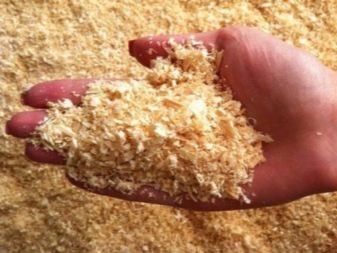
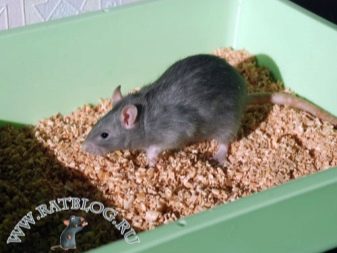
Finally, you can buy compressed wood pellets or pellets. They perfectly absorb both odor and moisture, but when soaked, they form dust, which, in turn, damages the mucous membrane of the rodent. In addition, the animal can get hurt by walking on dry granules. In general, wood litters do a good job and are financially affordable, but can contribute to the appearance of allergies in an animal. The ideal solution would be to place these kind of particles under the fake bottom of the cage.
Good reviews are received by the products of the brands "Chistye Kotki", "Zolotoy Kot", "Uyut", Cat's Best, Homecat, AromatiPet.
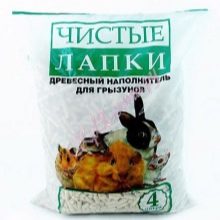
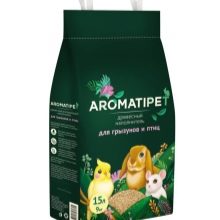
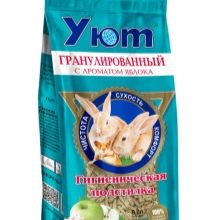
From plant stems
Plant fillers are obtained from the waste that remains after the plants are harvested. Natural material is either formed into granules, or it is simply crushed. Rats are not advised to add hay to the cage, because thorny twigs often injure the eyes of animals. If we add to this the not very high-quality absorption capacity, dusty coating and the presence of parasite eggs, it becomes clear that this option cannot be called safe. Corn rods are used to create corn filler. They are crushed to very small or even larger particles, or are transformed into granules.
This variety is safe for rodents, but their owners do not always like it, because rodents, moving around a filled cage, make a lot of noise.
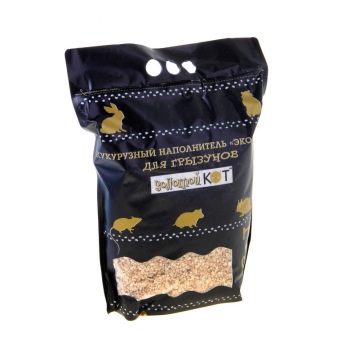

Linseed filler combines two types of composition: granules and fire, that is, crushed stems. Its main advantage is the absence of allergic manifestations in pets, and its main disadvantage is trauma to the legs of creatures in the case of a granular form. In general, this option is approved by the majority of rat owners.
Cotton filler shows itself well - its only drawback is called provoking rhinitis in rats.
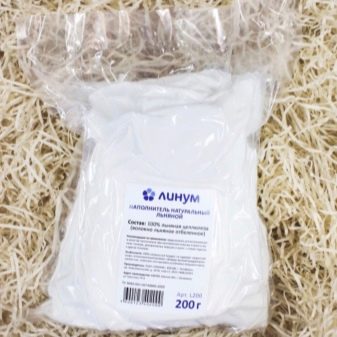

Herbal granules are absolutely safe for the health of pets, but they are not very convenient to use: being saturated with moisture, they become soaked, and then transform into a green gruel. This disadvantage, in principle, is eliminated if the composition is regularly replaced. When purchasing a mixture in a store, you should pay attention to the brand's assortment Cliffi.
It should be mentioned that a bean-based soy filler is being created for cats today, but it is not yet available in the assortment for rodents.

Paper
Paper fillers are based on cellulose - that is, they are based on various kinds of paper, paper towels or napkins, or granules formed from them. It is easy to create such a bedding with your own hands: usually the material is torn by hand or shredded with a shredder, as a result of which a very soft mass is formed that reliably absorbs liquids, but does not generate dust. Cellulose filler is recommended for use only in the case of a small number of pets or as a surface layer placed on top of the granular composition. This is explained by the fact that the paper does not absorb the aromas of the vital activity of rats very qualitatively, and therefore does not solve all the problems usually posed to the litter.
The advantages of such a filler include availability, good absorbency and attractiveness to rats. It does not create any noise interference, but it also does not provide high-quality coverage of a large surface of the cell.
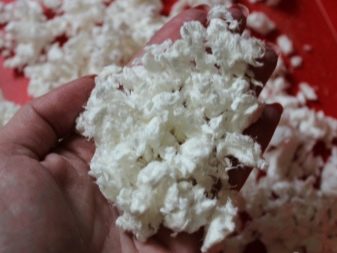
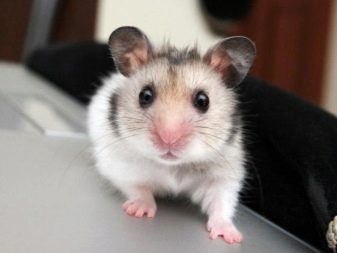
At home, it is customary to use any kind of raw material - advertising brochures or even the old press. If paper towels, napkins or toilet paper are taken as a basis, then they can be used intact, since the animal copes with tearing soft material on its own. However, the rodents instantly take apart the pieces, exposing the floor of the cage, and therefore they will have to be changed every two days. The hypoallergenic material is not particularly effective at keeping odors and liquids, but is ideal for animals with diseases. By the way, both napkins and towels chosen for rats should not contain any dyes.
When creating homemade paper filler, it's important to remember that printing ink from old newspapers is not very useful for pets and quickly stains the fur of light rats... Despite the availability of such printed products, they are not recommended for use, since the sharp edges of the pieces injure the delicate paws of the inhabitants of the cage.
We must not forget that such material, when soaked, turns into a dirty gruel - in general, everything suggests that it is worth using newspapers only as a last resort.

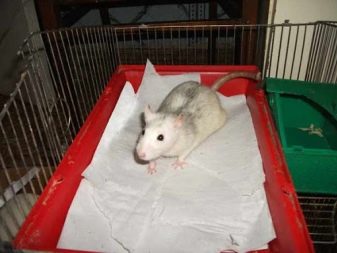
Cellulose granules are considered the best paper filler. The soft, highly absorbent balls are very popular with rodents. Their cost is also considered quite acceptable. For example, So Phresh brand products are absolutely safe for all residents of the apartment, and the baking soda contained in it absorbs unpleasant odors. The same can be said about balls from Carefreshwhich contain no chemicals, dyes or fragrances. The delicate white fibers used are additionally impregnated to prevent the growth of mold and mildew, as well as the growth of bacteria.
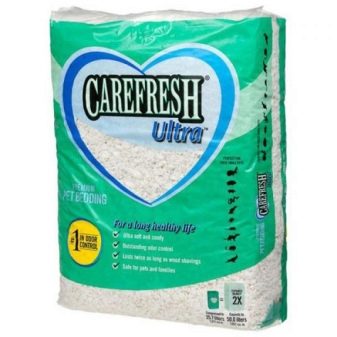

Inorganic
Inorganic fillers include disposable diapers, as well as two types of granules - mineral and silica gel. It is better to place the diaper in the cages of older pets who will not show interest in it. In the case of young individuals, you have to be prepared that, by training teeth and paws, they will quickly tear the material and contribute to the formation of dust. It is most convenient to fix the fabric on the surface using masking tape. Inorganic granules may only be placed in a pallet under a false bottom.
It is important that the pet does not come into contact with the balls in any way, which means that the gap separating them must be at least 5 centimeters high. A rat that ate an inorganic pellet quickly dies from a blockage in the gastrointestinal tract.
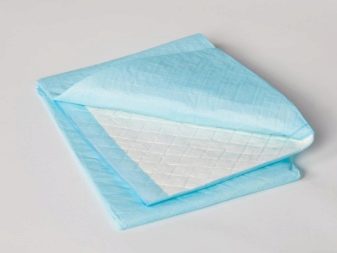
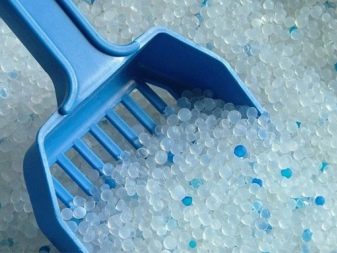
Top manufacturers
Products from the Czech brand Asan Petit receive very good reviews. For example, it can be a soft paper filler made in the form of small balls. The product, made from recycled materials, is free of dust, bark and other ingredients that provoke allergies. It not only absorbs moisture, but also blocks unpleasant odors. Rodents and their owners like the quiet litter, but you can get rid of it by simply flushing the contents of the tray down the toilet.
Sawdust "Standard" of the domestic brand Triol is suitable not only for rodents, but also for rabbits. Fragments of hardwood processing perfectly cope with the task and do not injure the delicate paws of the pet. The filler is most effective when it is scattered over the granules. The top of the best manufacturers also includes the Italian brand Fiory and the Russian company Zverye Moi.
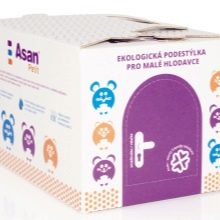
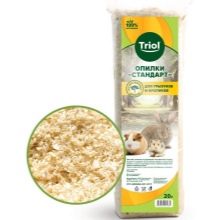
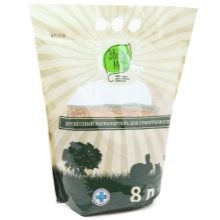
Nuances of choice
Of course, for a rat cage, it is best to choose a filler that absorbs not only liquid, but also odor, and also does not harm the pet's health. Otherwise, you should focus on the condition of the rat - for example, the onset of an allergy suggests that the mixture should be urgently replaced. Some varieties, such as pellets and pellets, are generally not suitable for elderly or sick creatures. Others, for example, created from paper towels, on the contrary, will make life easier for animals with respiratory diseases. For small rat pups, it is recommended to purchase shredded corn rods of the appropriate size.
Before buying a filler, it is important to evaluate its quality and make sure there are no hazardous components. Do not forget that the larger the package is, the longer it can be used.
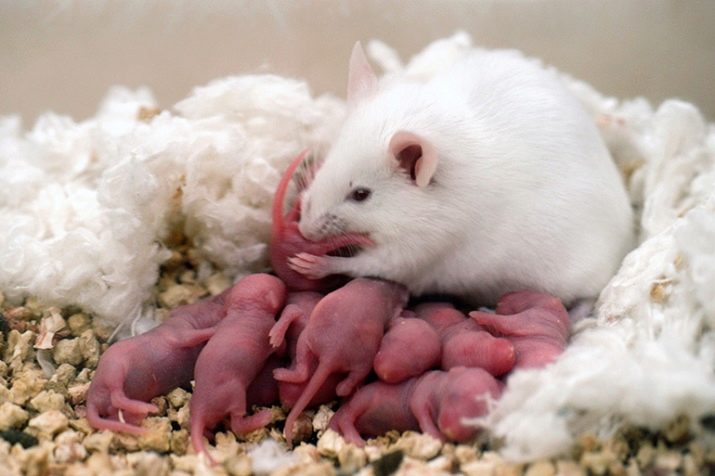
Can cat litter be used?
Replacing rat litter with cat formula is strongly discouraged.... The fact is that the cat, having done its business, leaves the tray, but the rodent remains to live in it. If in the first case the chemical composition does not harm the pet, in the second it can play a fatal role. In addition, cat mixtures are very dusty, which again does not bother them in any way, but will lead to allergies in rats.

What if the rat eats litter?
In the event that the rat actually ate the pellet, the problem most often lies either in the insufficient amount of food offered, or in an unbalanced diet. When a pet simply chews on pellets or pieces of paper, it either plays like that or sharpens its teeth. In these cases, it will be possible to resolve the issue if you put materials for grinding in the cage - for example, twigs.
In general, it is initially better to purchase organic compounds for the pet - then, even if he feasts on a piece that is not intended for this, nothing terrible will happen.









